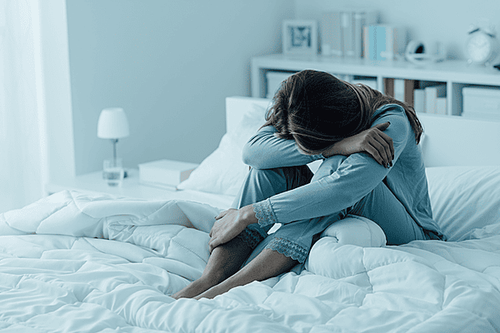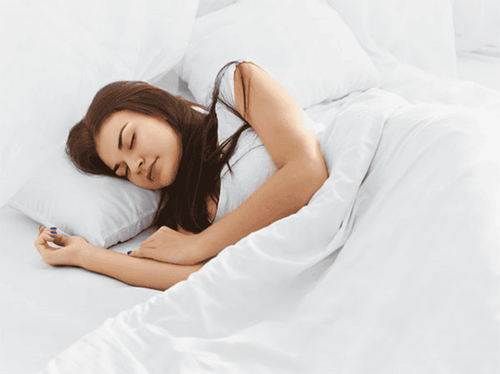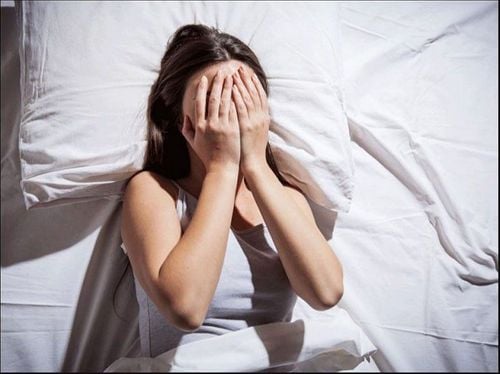This is an automatically translated article.
Posted by Specialist Doctor I Vo Khac Khoi Nguyen - Orthopedic Trauma Doctor - General Surgery Department, Vinmec Central Park International General Hospital.
Sleeping position is associated with sleep quality and various health outcomes. Improper sleeping posture can lead to neck pain, back pain,... The question that many people wonder is what is the best position for us to sleep in for health benefits?
1. Side-lying: Trends and Benefits
Statistics show that more than 60% of people prefer to sleep on their side. By adulthood, the preference for sleeping on one's side becomes even more pronounced. Time spent in the side-lying position increases with age: As people get older, people tend to sleep on their side and less on their backs. In other words, as children, we split our sleep by sleeping in all sorts of positions, but as adults, a preference for side sleeping emerges. The flexibility of the spine decreases as we age, which may make the side sleeping position more comfortable for older adults.
Sleeping on your side offers a number of benefits. It promotes healthy spinal alignment and is the sleeping position with the least risk of back pain, especially when supported with a pillow.
The best sleeping position for low back pain is lying on your side with a pillow or blanket between your knees. Side sleeping can also relieve symptoms for people with neck pain. In particular, lying on the side is also good for back pain in the elderly, overweight and obese people, snoring when sleeping and pregnant women.
However, the side position is not recommended for people with shoulder pain who are worried about facial wrinkles. Sleeping on your side can lead to pain or tension in your shoulders, so it's a good idea to change your position from time to time and use the most appropriate pillow and mattress. Make sure your mattress has enough "height" to allow your hips and shoulders to stay lower than your spine. Sleeping on your side can also contribute to facial wrinkles, as your face is pressed against the pillow, stretching and pressing on your skin.
Sleeping on your side can also reduce heartburn and snoring, making it a better sleeping position for people with sleep apnea or acid reflux.
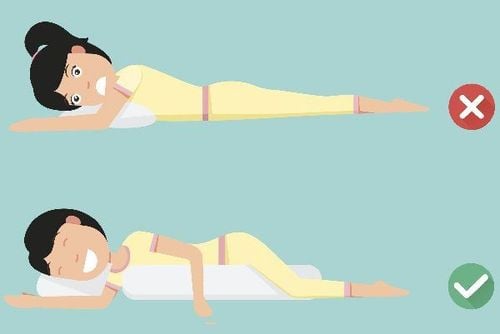
2. Lying on your back: Trends and benefits
Lying on your back is the best sleeping position for neck pain, as it prevents misalignment of the cervical spine. This can happen when we lie on our side or on our stomach. To avoid neck pain, use a neck support pillow. Memory foam pillows or head pillows are good choices. Alternatively, you can roll a thin towel into the hollow below your neck and use a flat pillow for your head.
While sleeping on your back, try to keep your arms in comfortable positions such as resting your body or placing your hands on your stomach. This is better than resting your arms on your forehead or crossing your arms over your chest. Both of these positions cause changes in the spine and can lead to shoulder or neck pain.
Lying on your back is also a suitable sleeping position for people with back pain. When you lie on your back, you can easily keep your spine aligned and evenly distribute your weight, preventing any potential aches and pains in your neck or back. Your facial skin also benefits from sleeping on your back. Since your face is facing the ceiling, there is no pillow or mattress that presses against your face and contributes to facial wrinkles.
When lying on your back, you should have a small pillow under your knees. This pose helps to relax the muscles of the thighs and pelvis. At the same time, this approach also helps to prevent the lumbar spine from being overstretched when lying on the back. Muscle spasms in the thighs, pelvis or spine can also cause back pain.
It is important that when you have back pain, you should lie on a flat surface or a mattress that does not sink to avoid excessive arching or curvature of the spine. When lying down to sleep but need to rotate and change positions, pay attention to rotate the whole body (both upper and lower body) to avoid sudden twisting of the spine. If you can't master this, you can wear a belt even when lying down, if the belt does not cause stress on your body.
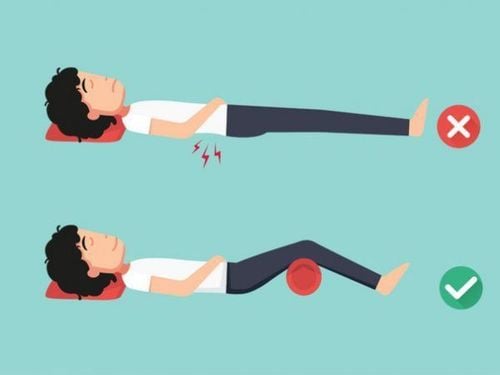
3. Do not sleep on your stomach when sleeping
Statistics show that the most common sleeping position is on the side, followed by the supine position. The prone position is the least common among the population. Several reasons have been proposed to explain the mechanisms that influence different sleeping positions. Accordingly, lying on the stomach causes the respiratory movement of the rib cage to require more energy because it has to lift the body against the gravity of the torso. Lying on your stomach interferes with breathing and circulation. The prone position causes a higher heart rate than the supine position, increasing susceptibility to changes in body temperature and reducing the body's ability to self-regulate.
4. Posture movement while sleeping
The number of position changes during sleep tends to decrease with increasing age. The temporal distribution of sleeping positions is influenced by age and obesity status. Specifically, the time spent in the supine position decreased, while the time in the side position increased in the elderly and overweight and obese people.
Women have less body movement and sleeping position changes than men. This may be because women have shorter sleep onset times, higher sleep efficiency, and fewer awakenings than men. The level of body movement at night is positively correlated with overweight and obesity, but inversely proportional to the number of times of changing sleeping positions. Increased levels of body movement may be related to the poor sleep that is common in obese people. Overweight and obese people tend to lie on their side because the supine position increases the body's respiratory needs.
There was no association between insomnia symptoms and nocturnal changes in sleeping position or body movement. Nocturnal body movements also reflect health information. Younger adults (20–34 years) have more arm, thigh, and upper back movement and change in sleeping position than older age groups. The number of postural changes decreased from childhood to adolescence, further decreasing in adults and the elderly. The reason may be that the body movements during sleep are similar to the reduced mobility in the waking age of the elderly. Age-affected body movements also reflect a poor brain function to produce body movements during sleep.
In short, the effects of sleep on health and well-being are well known. Sleeping position not only directly affects the quality of sleep but also reflects the health status of the body. Good sleep not only requires a good sleeping position, but also needs many other factors to go with it.
Please dial HOTLINE for more information or register for an appointment HERE. Download MyVinmec app to make appointments faster and to manage your bookings easily.








